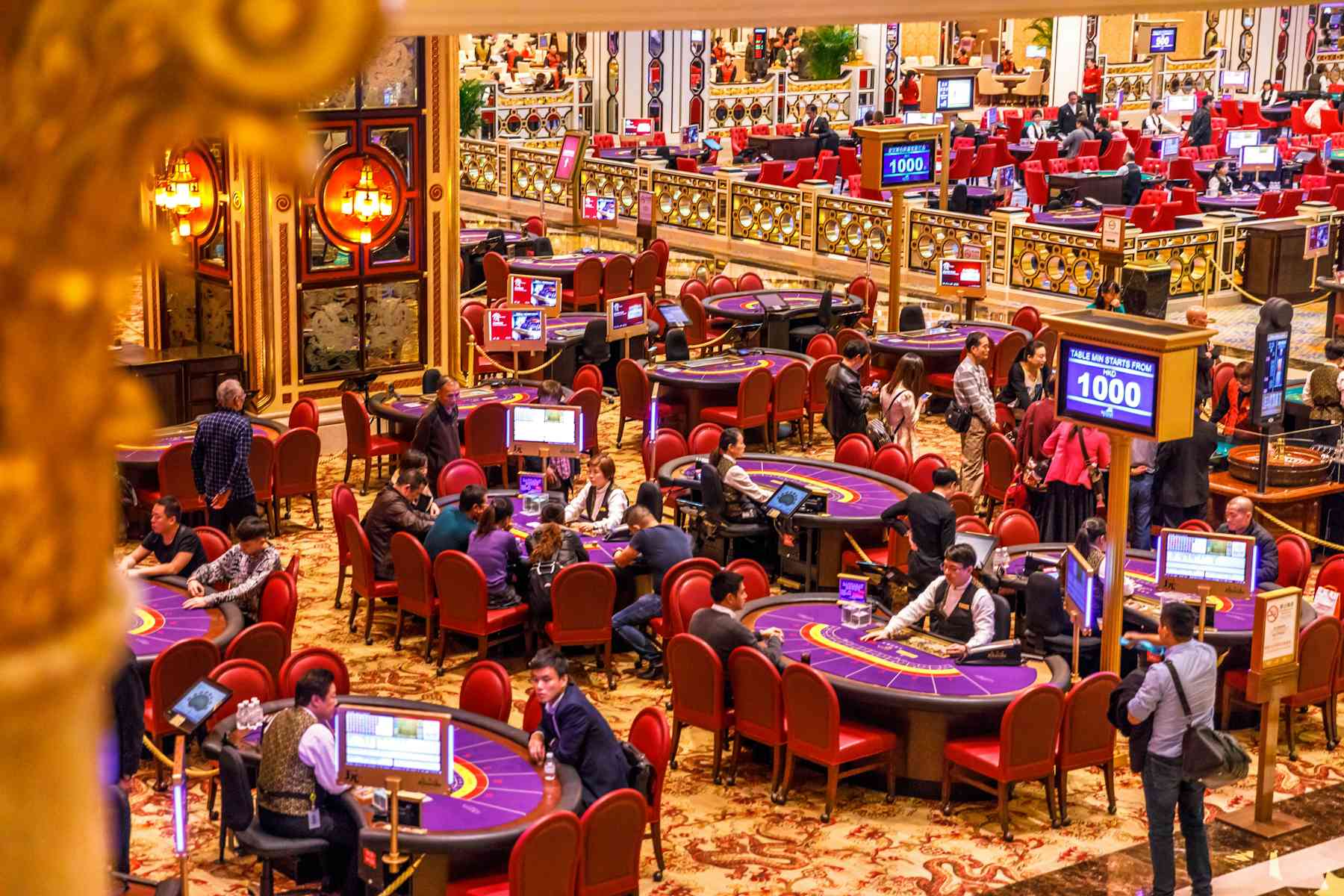
Casino games have long captivated the human imagination, drawing gamblers into a world filled with fortune, strategy, and the allure of thrill. Each game is painstakingly crafted not just for fun, but also to elicit specific emotional responses that keep players engaged and interested. Understanding the reasons behind these designs reveals much about how human psychology plays a key role in the gaming experience.
From the bright lights and dynamic sounds to the intricate layering of systems and rewards, casino games are designed to create an atmosphere of anticipation and expectation. Game designers leverage mental cues to influence participant behavior, whether through the use of big prizes, close-call situations, or social connections. By examining these factors, we can better appreciate how casino games fulfill not just a need for entertainment, but more profound psychological needs for adventure and risk.
Grasping Gamer Behavior
Casino games are crafted with a profound grasp of player psyche, which is essential for attracting and keeping players. The excitement of the game, alongside the expectation of winning, establishes a strong attraction. Game designers make use of elements like audio cues, dynamic graphics, and engaging gameplay to engage attention and elicit emotional responses. These sensory elements enhance the total environment, making players feel more invested in the game.
Another significant aspect of player behavior is the concept of risk versus reward. Casino games often balance high-stakes situations with the potential for substantial rewards, which can result in the phenomenon known as near-miss phenomenon. When players come within reach to winning, the brain produces dopamine, strengthening their behavior and prompting them to continue playing in quest of that elusive win. This cycle of wish and frustration plays a key role in how games are constructed and promoted.
Lastly, social elements also play a central role in player behavior at casinos. Many games are made to be played in teams or in company with other players, fostering a sense of community and shared experience. The community engagement inherent in games like blackjack enhances enjoyment and can lead to prolonged gaming periods. Designers take advantage on this by creating environments that prompt players to linger, connect, and revisit, making the overall casino experience more inviting.
The Role of Visuals and Audio
Visuals and audio play a vital role in enhancing the player’s experience within casino games. Designers utilize bold colors, striking graphics, and engaging animations to attract players’ attention and hold their focus. The use of motifs, such as adventure or opulence, helps create an engaging atmosphere that takes players into another world. By connecting to the senses, these elements contribute to a intensified emotional response, encouraging players to interact more deeply with the games.
Audio design is equally important in enhancing the experience of gambling games. The combination of background music, sound effects for winning combinations, and environmental noises creates an auditory landscape that holds players enthralled. https://78win.wiki/ Sounds associated with wins, such as ringing bells or festive music, evoke feelings of thrill and satisfaction, prompting players to continue playing. These audio cues are carefully placed to enhance the thrill of the game and create a more engaging experience.
Additionally, the alignment of visuals and sound is important for supporting the game’s overall concept and atmosphere. Each element should coordinate harmoniously to create a cohesive experience that pulls players in. The effective use of this integration not only improves user satisfaction but also boosts the likelihood of repeat play, as players become more invested in the immersive world that the casino games offer. This thoughtful integration of visuals and sound ultimately enhances player engagement and commitment.
Incentive Structures and Engagement
The development of gambling games greatly relies on incentive systems to keep players engaged and coming back for additional experiences. These structures are based in behavioral principles that exploit human behavior and desire. Participants are often motivated by the thrill of winning, which is reinforced by immediate responses through the game’s design. This instant gratification not just enhances the gaming experience but also fosters a sense of success, encouraging participants to continue participating in hopes of greater rewards.
Casinos adopt various incentive systems, such as large payouts, extra rewards, and multipliers, to captivate players. These features create a layer of excitement that maintains interest. Additionally, the randomness of results plays a crucial role in sustaining attention. The variable reward system, where successes are random but happen often enough, maintains participants on edge and driven to keep playing. This loop of anticipation and expectation is essential to the effectiveness of casino games.
In addition, social elements, such as competitive events and collaborative options, boost the participation factor by leveraging the competitive nature of players. 78win The shared experience of gaming with fellow participants can intensify the thrill of winning and create a sense of community within the casino. By integrating these community elements with efficient incentive structures, gambling experiences not only provide fun but also nurture a deeper bond among players, reinforcing their loyalty to the gaming experience.
